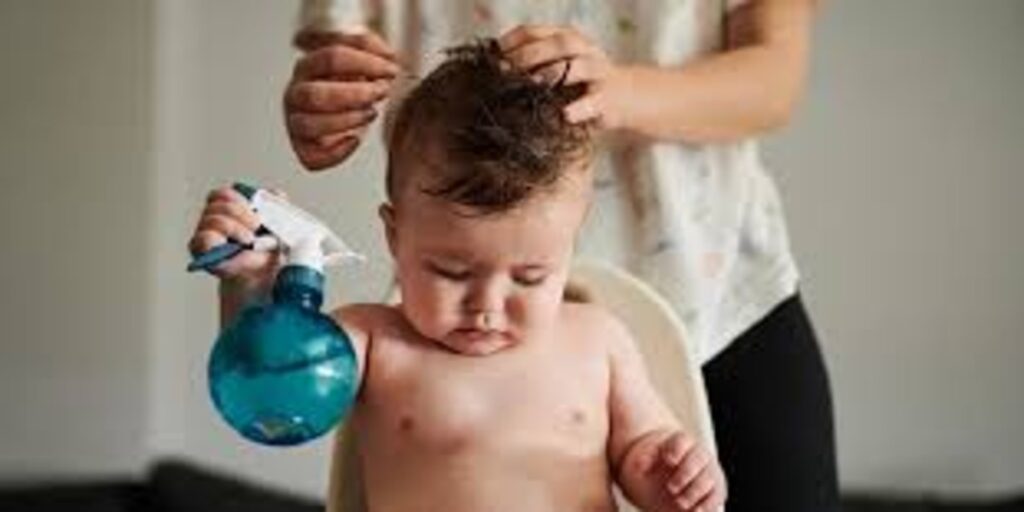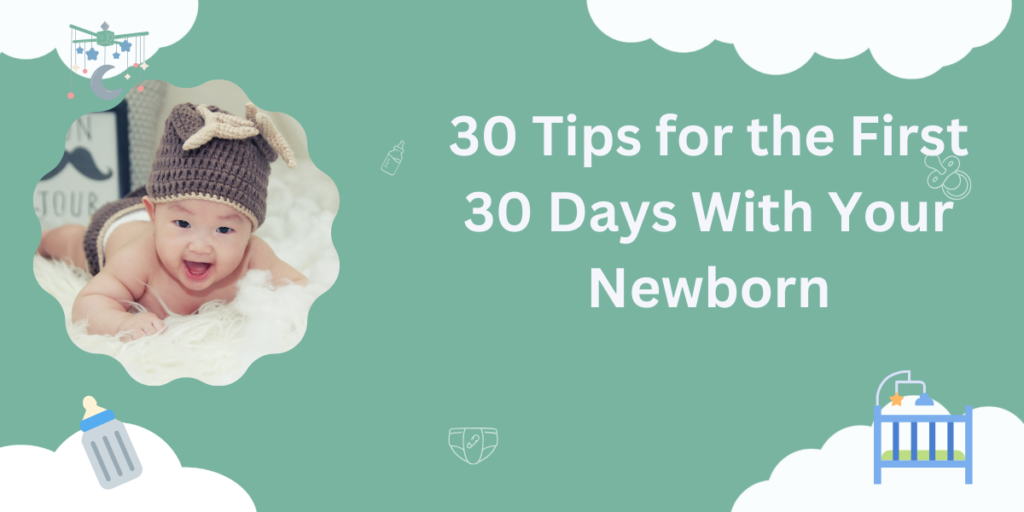10 Tips for Faster, Fuller Baby Hair Growth
10 Tips for Faster, Fuller Baby Hair Growth
Table of Contents

How to Make Baby Hair Grow Faster and Fuller: 10 Tips
Welcome to Hamara Baby! If you’re looking for effective strategies on,10 Tips for Faster, Fuller Baby Hair Growth you’ve come to the right place. Many parents wonder why their little ones’ hair seems thin or sparse at times. This guide will provide you with ten proven tips to encourage healthy hair growth for your baby. Let’s dive into the essentials!
Understanding Baby Hair Growth
Baby’s Hair at Birth
Most babies are born with little to no hair, and this is completely normal. Hair growth patterns vary significantly among infants. Some might have a full head of hair, while others may be nearly bald. Understanding this variability is crucial10 Tips for Faster, Fuller Baby Hair Growth, as it helps set realistic expectations for new parents. Remember, patience is key when it comes to baby hair growth!
Typically, a baby’s hair goes through several phases during the first few years. Initially, many babies lose their birth hair within the first six months, which can be concerning for parents. However, new hair growth usually follows, often with a different texture or color.
10 Hacks for Baby Hair Growth
Now that we understand the basics of baby hair growth, let’s explore ten effective hacks to help your baby’s hair grow faster and fuller.10 Tips for Faster, Fuller Baby Hair Growth
1. Apply Coconut Oil
Coconut oil is a fantastic natural remedy for promoting hair growth. Rich in vitamins and fatty acids, it moisturizes the scalp and strengthens hair follicles. To use, simply warm a small amount of coconut oil in your hands and gently massage it into your baby’s scalp. This process not only nourishes the hair but also helps reduce dandruff.
Leave the oil on for about an hour before washing it out with a mild, sulfate-free shampoo10 Tips for Faster, Fuller Baby Hair Growth. If your baby has sensitive skin, always conduct a patch test before application to ensure there are no adverse reactions. Regular application of coconut oil can make a noticeable difference in the texture and fullness of your baby’s hair.
2. Brush Your Baby’s Scalp
Brushing your baby’s scalp can stimulate blood circulation, which promotes hair growth. Use a soft-bristled baby brush to gently stroke the scalp in circular motions. This practice is beneficial for both hair and scalp health and can be a lovely bonding experience.
Try to incorporate this into your daily routine. Not only does it improve scalp health, but it also helps distribute natural oils throughout the hair. Regular brushing can also help remove any loose hair or flakes, keeping the scalp clean and healthy.10 Tips for Faster, Fuller Baby Hair Growth
3. Shampoo Regularly
Maintaining a clean scalp is essential for hair growth. Choose a gentle, sulfate-free shampoo designed for babies. Washing your baby’s hair 1-2 times a week is usually sufficient, depending on their age and hair type. Avoid overwashing, as it can strip natural oils from the scalp, leading to dryness and irritation.
Make sure to rinse thoroughly to remove any shampoo residue, which can also affect scalp health. A clean scalp allows hair follicles to breathe and thrive, creating an optimal environment for hair growth.
4. Use a Hair Conditioner
Conditioners can be incredibly helpful for maintaining moisture in your baby’s hair. After shampooing, apply a small amount of baby-friendly conditioner, focusing on the ends of the hair. This will help prevent tangles and breakage,10 Tips for Faster, Fuller Baby Hair Growth allowing hair to grow longer and stronger.
Leave the conditioner on for a few minutes before rinsing it out. You may also consider using a leave-in conditioner for added moisture, especially if your baby has thicker or curlier hair. A good conditioner can transform dry, brittle hair into soft, healthy locks.
5. Use a Soft Towel
After bath time, it’s important to be gentle with your baby’s hair. Instead of rubbing their head with a rough towel, opt for a soft, microfiber cloth. Patting their hair dry minimizes friction and reduces the risk of damage.
This simple change can significantly impact the health of your baby’s hair, keeping it fuller and more vibrant. Consider using a dedicated towel just for your baby’s hair to make the process even easier and more comfortable.
6. Detangle Hair
As your baby’s hair begins to grow, tangles can become a challenge. Use a wide-toothed comb or a detangling spray specifically designed for infants. Start from the ends of the hair and work your way up to minimize breakage.10 Tips for Faster, Fuller Baby Hair Growth
If your baby has curly hair, detangling may require a bit more care. Always be gentle and avoid pulling on knots. Regularly detangling not only helps maintain healthy hair but also makes it more manageable as it grows longer.
7. Maintain a Healthy Diet
Nutrition plays a vital role in hair growth. Ensure your baby’s diet includes a variety of foods rich in vitamins and minerals. Foods like avocados, eggs, and leafy greens are excellent choices for promoting hair strength.
If your baby is old enough for solids, consider introducing these nutrient-dense foods gradually. A balanced diet supports not just hair growth but overall health. Consult with a pediatrician to tailor a diet that meets your baby’s needs, focusing on foods that are high in vitamins A, C, D, and E, as well as omega-3 fatty acids.
8. Apply Gelatin to Your Baby’s Scalp
Gelatin is known for its ability to strengthen hair. It contains collagen, which can help improve hair elasticity and reduce breakage. To use, mix a small amount of unflavored gelatin with water and apply it to your baby’s scalp. Leave it on for about 20 minutes before rinsing out.
This tip can be especially beneficial for babies experiencing slow hair growth. Keep in mind that gelatin should be used sparingly, as excessive use can lead to buildup on the scalp. Always ensure that your baby is comfortable during the process.
9. Avoid Hair Ties
Tight hairstyles and hair ties can cause breakage and damage to your baby’s delicate hair. Instead of using hair ties, consider using soft headbands that won’t pull on the hair. If your baby has longer hair, keep styles loose and gentle.10 Tips for Faster, Fuller Baby Hair Growth
Avoid any accessories that may tug at the hair or scalp, as this can hinder growth and cause discomfort. Keeping hair loose and natural allows for better airflow to the scalp and reduces the risk of breakage.
10. Give Baby a Haircut
Surprisingly, giving your baby a haircut can stimulate hair growth. Trimming away split ends and uneven patches can encourage new growth. A fresh cut can make the hair appear fuller and healthier.
Consult with a pediatric hairstylist who specializes in cutting baby hair for the best results. This can be a fun and rewarding experience for both you and your little one, allowing you to bond while also caring for their hair.
The Takeaway
In conclusion, how to make baby hair grow faster and fuller involves a combination of good practices, gentle care, and proper nutrition. By following these ten tips, you can create a nurturing environment that encourages healthy hair growth for your baby. Remember that each child is unique, and results may vary. With a bit of patience and care, your little one’s hair will flourish!
Related FAQs
1. At what age does a baby’s hair start to grow?
Most babies start to grow hair within the first few months, but it can vary. Some may have a full head of hair, while others may remain bald for a while. By their first birthday, most babies have a noticeable amount of hair.
2. Is it safe to use hair products on my baby?
It’s important to use products specifically designed for babies. Look for gentle, sulfate-free options that are free from harsh chemicals. Always conduct a patch test before trying new products to avoid allergic reactions.
3. How often should I wash my baby’s hair?
Washing your baby’s hair 1-2 times a week is typically sufficient. Overwashing can strip natural oils, leading to dryness. Adjust based on your baby’s hair type and activity level.
4. Can diet really affect my baby’s hair growth?
Yes! A healthy diet rich in vitamins and minerals can support hair growth. Foods like avocados, eggs, and sweet potatoes are excellent for overall health and hair strength.
5. What should I do if my baby has a flaky scalp?
A flaky scalp can be common in infants. Gently massage coconut oil into the scalp, allow it to sit for a bit, and then wash it out. If flakes persist, consult a pediatrician for advice.
6. When should I consider trimming my baby’s hair?
Consider trimming your baby’s hair when you notice split ends or uneven patches. A trim can help promote healthier growth and a fuller appearance.
7. Are there any home remedies for baby hair growth?
In addition to coconut oil and gelatin, you can try massaging the scalp with olive oil or aloe vera. These natural remedies can nourish the scalp and stimulate growth.
8. Can stress affect my baby’s hair growth?
While babies are less likely to experience stress in the same way adults do, significant changes in their environment or routine can potentially affect their health. Maintaining a calm and loving atmosphere can support overall well-being, including hair growth.
9. Should I be concerned if my baby’s hair isn’t growing?
It’s normal for babies to have slow hair growth during their first year. However, if you notice patches of hair loss or other unusual symptoms, consult your pediatrician for guidance.
10. Is it necessary to use hair products for babies?
While not necessary, gentle hair products can help maintain a clean and healthy scalp. Always choose baby-specific products that are free from harsh chemicals.



